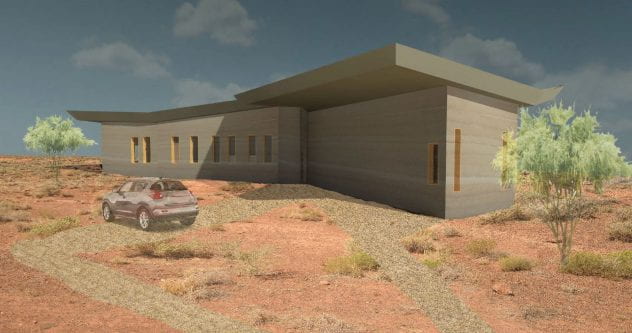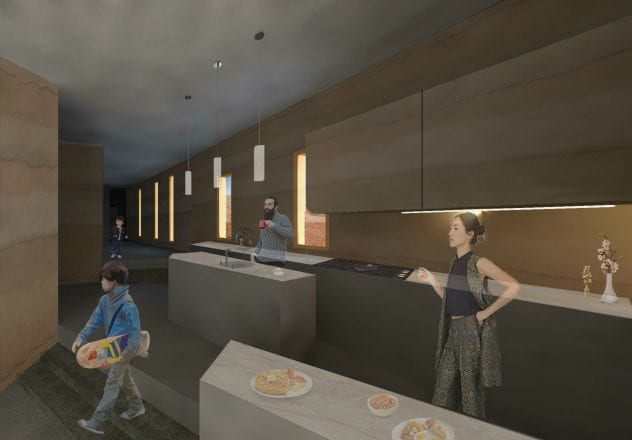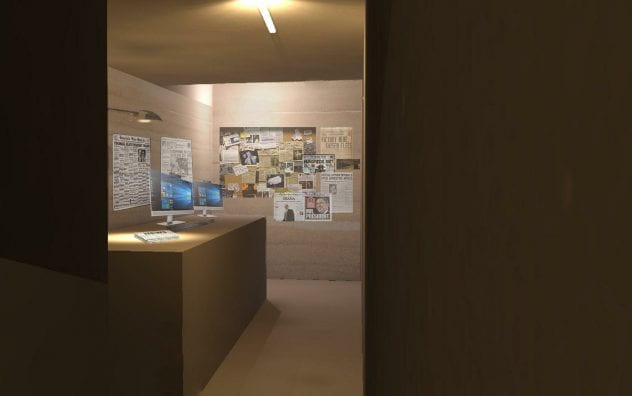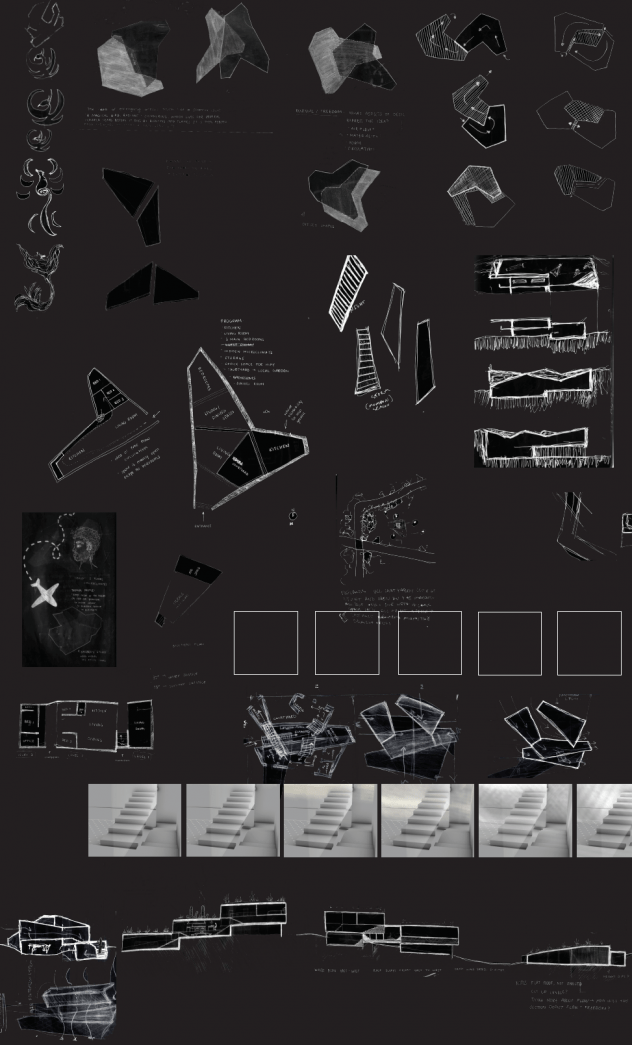In the still of the night, just before sunrise, a majestic bird forms his nest. He meticulously places every aromatic bough and every spice to create his perfect resting place. The sun begins to rise and the bird begins to stretch. His feathers are a beautiful hue of gold and red – the Phoenix. He cranes his head back and sings a haunting melody that even stops the sun itself in the sky. A spark falls from the heavens and ignites a great fire that consumes both bird and nest.
A few days later, the ashes have finally settled. The phoenix has emerged and has begun to spread his new wings. He now prepares himself for his journey back to Paradise.
The client, John Rein, is much like a Phoenix: his past is consumed by flames, and he rises anew from those ashes to start a life with his wife, two kids, and two dogs.
John spends most of his day working with his physical therapy patients. He encourages and spreads positivity and connects well with the people he meets. After work, John comes home and immediately prepares dinner, grabbing herbs and produce from his growing garden. As the vegetables begin to boil, he thinks about the past he’s been running from: a dark, cold past lingers between the walls and beneath the surfaces: a hidden microclimate only accessible by him. John hears the door swing open and the house suddenly feels warm. His wife and children have come home, and he gladly welcomes his present and future.
Situated in Phoenix, Arizona, the proposed residence is a landing and a settling space: a birthplace and a final resting place. It captures the moment the Phoenix emerges from the ashes and extends his new wings.
It is a place of renewal, freedom, and flow. It is a feeling of comfort: plenty of warmth with a hint of cool.
The sketches above are studies of how the private and shared spaces converged into one harmonious architectural piece. The flow between the hidden and the seen was particularly important in this project because this semester, we focused mainly on temperature changes and the environmental effects, such as wind, sunlight, and other natural occurrences in Arizona.
As stated in the manifesto “Renewal”, the design of the residence was inspired by the spreading wings of the Phoenix. I separated the wings into three main levels (with a secret level for the hidden space):
Top level: Bedrooms and Bathrooms
Middle level: Entrance and Kitchen
Lower Level: Office, Pantry, Dining, Living Room, Back Entrance
Hidden Level: Wine Cellar and Secret Office

Roof Plan and Lower Floor, scale 1/8″= 1′; the lower floor represents the hidden microclimate and private space.
It is important to note the materiality of the project: rammed earth walls and a clay roof. Both rammed earth and clay have high heat absorbing qualities that could passively heat the building at night. Not only is using the surrounding environment good for heating, but it is also important to minimize the amount of waste produced in construction. Using the leftover earth from excavation also minimizes the cost by two-thirds as opposed to if materials were imported.
Our assigned task was to design a residential microclimate; in other words, we had to utilize the extreme environmental surroundings to our benefit. Since the site is in a desert dry climate, my partner and I investigated concepts of passive cooling through wind ventilation, water cooling, and night purging.
Our analysis from the wind rose diagrams proved that wind ventilation was the least cost effective and most plausible. There was enough wind to sustain part of the passive cooling in the summer.
The overlapping of the roof is intentional, as it was integral to our passive wind cooling concept. The overlap would allow heat to escape slowly throughout the day while the wind circulates around the structure.
In addition to the wind ventilation, we also considered the affects of cooling with shade, considering that the summer temperatures of Arizona are fairly extreme.

These shading diagrams are further studies of light and potential passive heating during the summer and winter solstices.



















